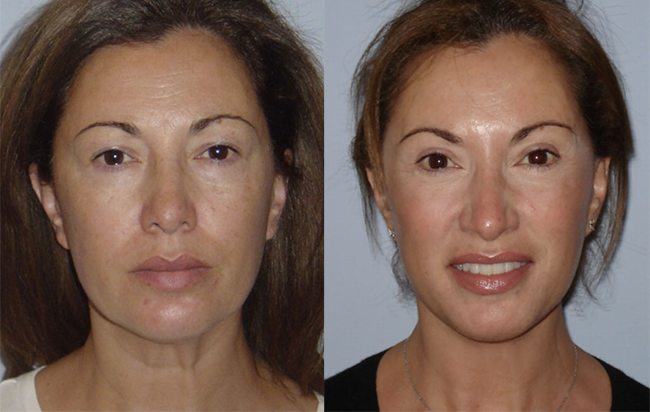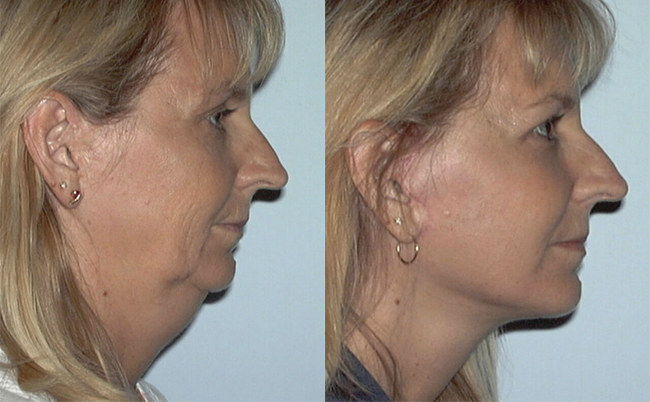
Beauty is more than skin deep. The facelift of yesteryear has evolved, with surgeons diving deeper into the face for more lasting results that can help you look younger, longer. A fresh, youthful glow is the ultimate goal for most men and women who have elected to have facelift surgery.
“They don’t want to look distorted, overdone or obvious,” says Dr. Michael Schwartz, a board certified plastic surgeon in Westlake Village, California. “Our patients want to appear younger, but don’t want to look like someone else.” One technique used in his practice involves going below the skin and pulling on the superficial muscular aponeurotic system (SMAS). Dr. Schwartz says this results in a more natural appearing facelift.
By Michael R. Schwartz, MD
and Beverly Brooks
The Plastic Surgery Channel
When to Consider a Facelift
Genetics, sun damage and weight changes can all dramatically affect the appearance of our faces. Facial rejuvenation can include everything from fillers such as Juvederm and Restylane, or surgical procedures including facelifts and eyelid surgery. If you aren’t happy because of the extra skin on your face, neck or jowl, and appear tired, facelift surgery may be appropriate. A facelift can bring about an enhanced self image and a more confident, youthful appearance. Surgeons say a facelift can last for ten years or more and make you appear ten to fifteen years younger.
Fat Grafting and Lasers
Less volume or fat in our faces can make us appear older. That’s one of the first areas addressed with facelift surgery. As we age, the fatty tissue that makes us appear young and healthy begins to disappear. With fat at the forefront more than ever, many plastic surgeons are transferring it from other areas of the body into the face to plump up the volume.
Lasers are often used in combination with surgery to bring about new collagen and help diminish wrinkles, particularly around the eyes and mouth. The tiny spots of treated skin replace old, destroyed cells with new, healthy ones, and the untreated areas maintain the tissue’s stability for quicker recovery. Fractional resurfacing treatments can be performed in the office with topical anesthesia and oral medication for sedation, or it can be done in the operating room, either alone, or in combination with other facial procedures.
Face and Neck Go Together
It seems obvious – the face and neck go together and should both be addressed during surgery. Dr. Schwartz takes the neck into account as much as the face. “If you think about the way the face ages it’s important to address both the face and neck,” says Schwartz. “Both are equally noticeable, so we consider ways to make the overall appearance look better – not just the face, and not just the neck.” A necklift – in which lax muscles are tightened and elevated to a more youthful position – can permanently restore definition to the lower face.
Recovery Period
There is some downtime associated with facelift surgery. Patients can usually drive to their one week appointment to remove sutures, and return to work at that time or even sooner. Most people feel comfortable with makeup in social situations at about 10 days to two weeks. Swelling and bruising is gone at about four to six weeks.
















Facebook
Twitter
Instagram
YouTube
RSS